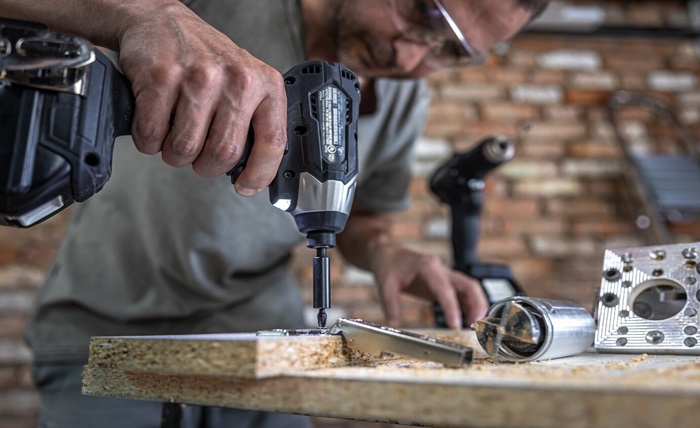When to Use Bolts and Screws in Construction and DIY Projects

Bolts and screws are fundamental components in construction and DIY projects, serving essential roles in fastening and securing structures. While they might seem similar, their uses, designs, and functionalities vary significantly. Understanding when to use bolts or screws is crucial for ensuring the structural integrity, stability, and longevity of any project. Let’s delve into the key factors that dictate when each fastener should be employed.
Differentiating Bolts and Screws:
Bolts:
Bolts are sturdy, threaded fasteners typically paired with nuts. They come in various lengths and diameters, often characterized by their blunt ends, and are available in different types, such as hex bolts, carriage bolts, and eye bolts. Their primary purpose is to hold two or more unthreaded components together through the use of a nut that secures the joint tightly.
Screws:
Screws, on the other hand, have pointed ends designed to penetrate and create their own internal threads in materials like wood, plastic, or metal. They are available in various head types (flat, round, pan, etc.) and thread designs (fine, coarse, self-tapping). Screws can fasten materials directly without requiring a nut, making them versatile and suitable for a wide range of applications.
Factors Influencing Usage:
Material Being Joined:
Bolts are suitable for securing heavy materials or components that require a high degree of strength, especially in metal-to-metal connections.
Screws are more adept at fastening materials like wood, plastic, or softer metals due to their self-threading capabilities.
Strength and Load-Bearing Requirements:
Bolts are preferable for applications demanding significant load-bearing capacities or structural stability, where the joint might be subjected to substantial force or movement.
Screws are ideal for lighter-duty applications or where disassembly might be required, thanks to their ease of insertion and removal.
Environmental Considerations:
In outdoor or corrosive environments, bolts made of stainless steel or coated with corrosion-resistant materials are often preferred due to their durability.
Screws with weather-resistant coatings or materials are suitable for similar conditions, but they may be more prone to rust in comparison to high-grade bolts.
Assembly and Disassembly Needs:
Bolts, used in conjunction with nuts, allow for easier assembly and disassembly, making them advantageous in situations where components need frequent adjustments or maintenance.
Screws, with their simple installation and removal process, are better suited for permanent connections or when minimal adjustments are expected.
Specific Applications:
Bolts:
- Construction of heavy machinery and equipment.
- Structural connections in buildings, bridges, and infrastructure.
- Automotive and aerospace assembly.
- Installing heavy-duty fixtures or machinery.
Screws:
- Woodworking projects, furniture assembly, and cabinetry.
- Attaching electrical components, hinges, and brackets.
- Fastening materials with minimal load-bearing requirements.
- DIY home improvement tasks.
Conclusion:
Knowing when to use bolts or screws is vital for the success of any construction or DIY endeavor. While both serve the purpose of joining materials, their distinct features and capabilities make them suitable for different applications. Bolts excel in heavy-duty, load-bearing scenarios, whereas screws shine in lighter-duty applications and where ease of installation matters. Consider the material, strength requirements, environment, and assembly needs before choosing between bolts and screws to ensure the reliability and longevity of your project’s connections. Contact us to know to more about how to use bolts and screws.





